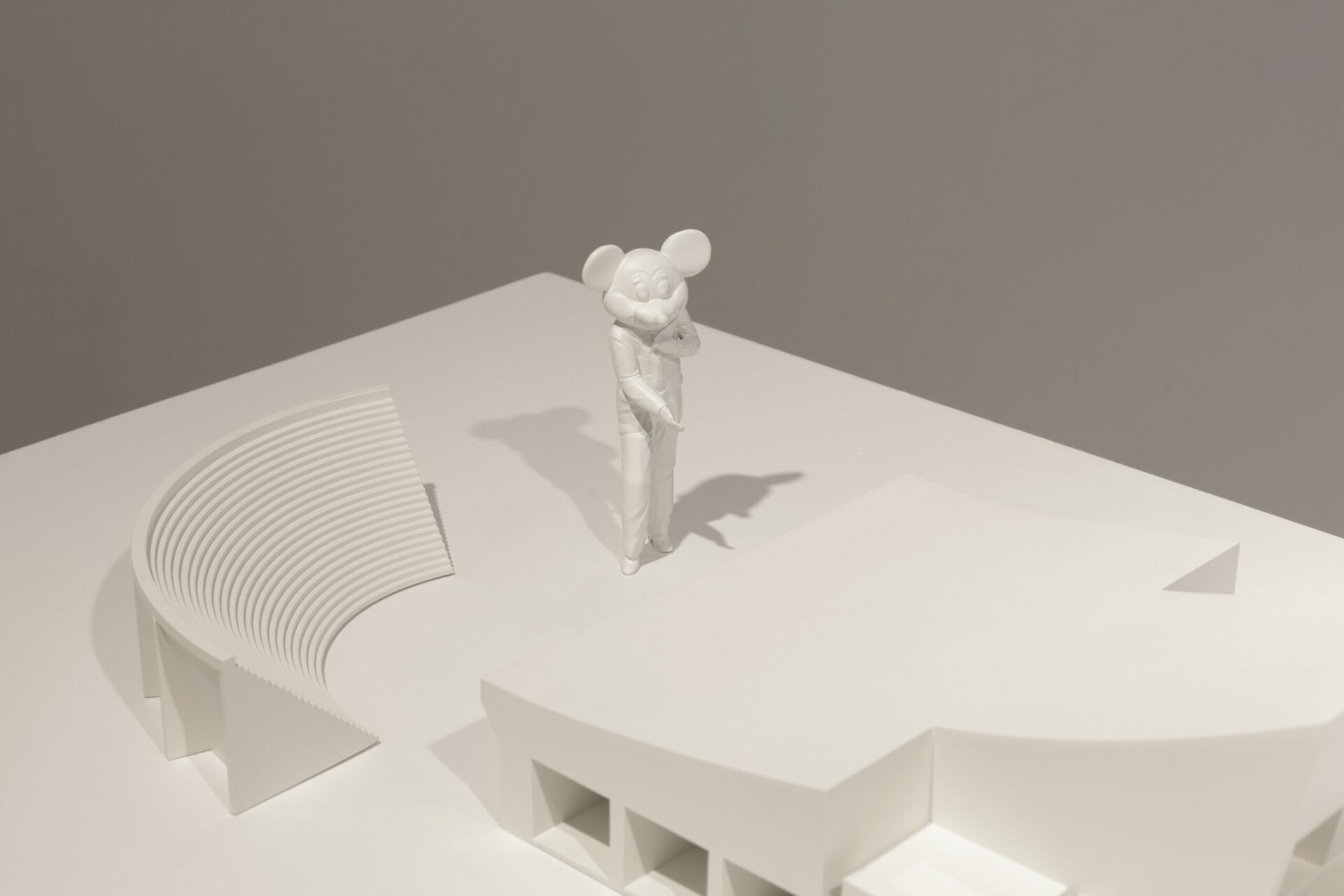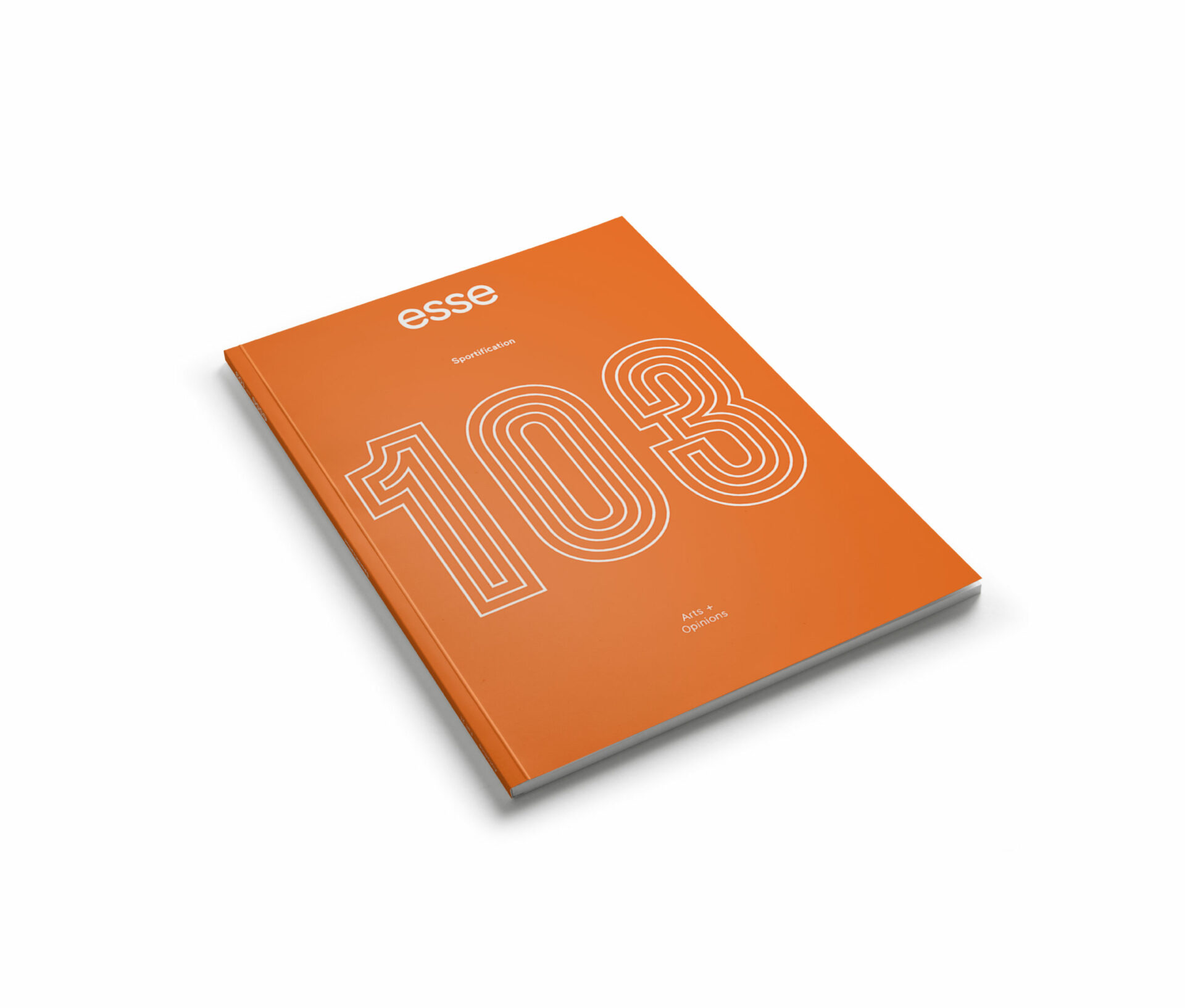
Trophies and Monuments
Turning their attention to particularly laden spaces, Golkar and Younis have each produced projects that address the axis of power, history, and memory embedded in the architectures of the state, sports, and culture. Both artists borrow the raw materials of the archive to generate counter-legibilities. Within this tenuous space between the archive as intended and the archive recast, the stadium emerges as a site of fantasy, crisis, and desire.
